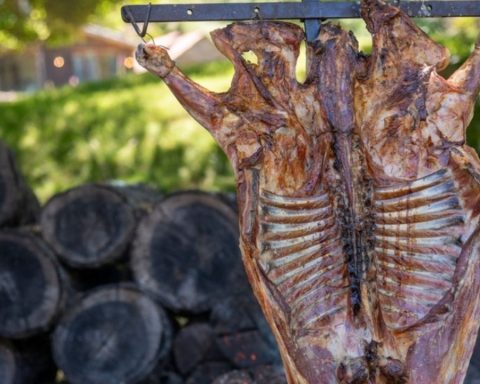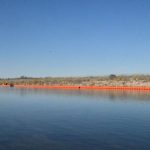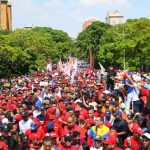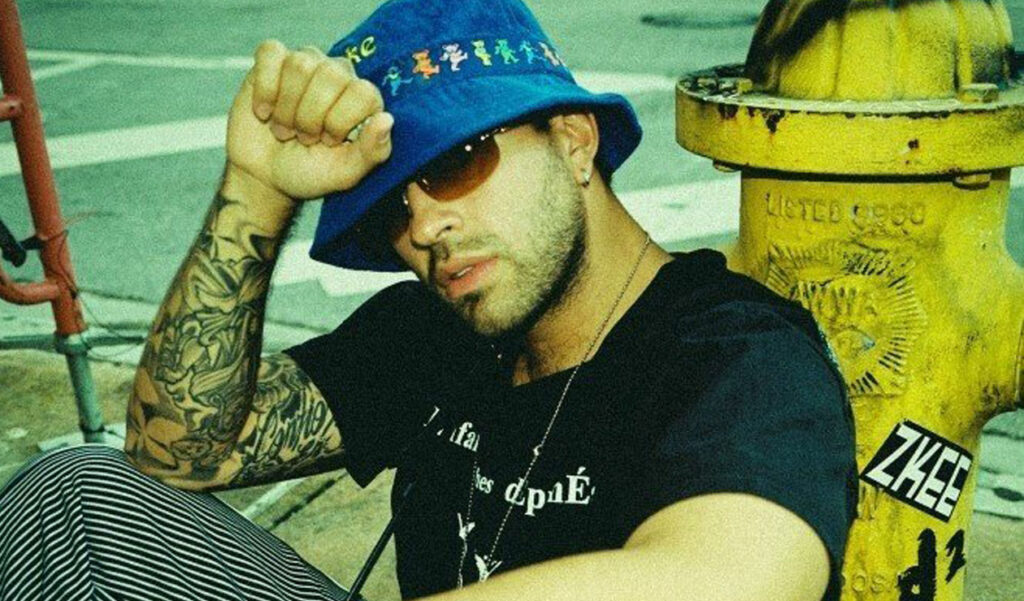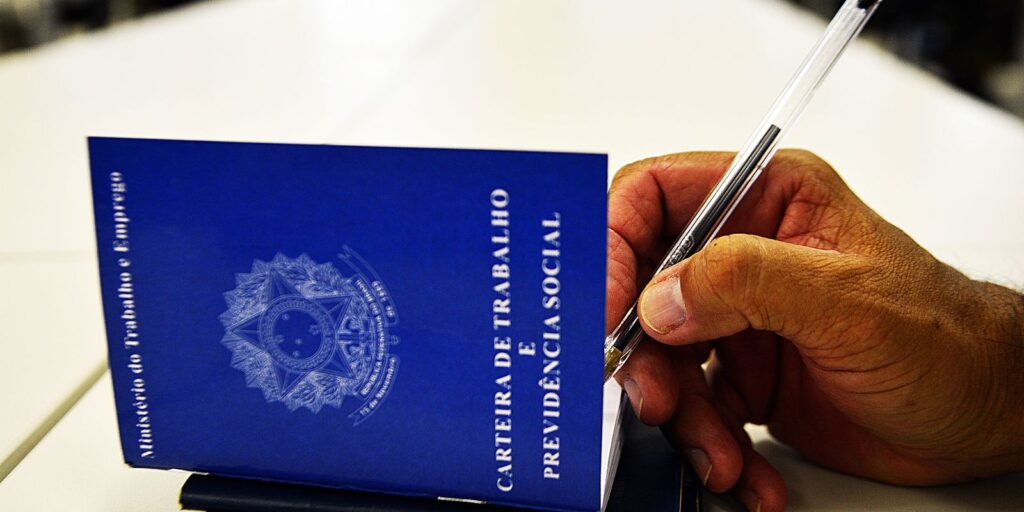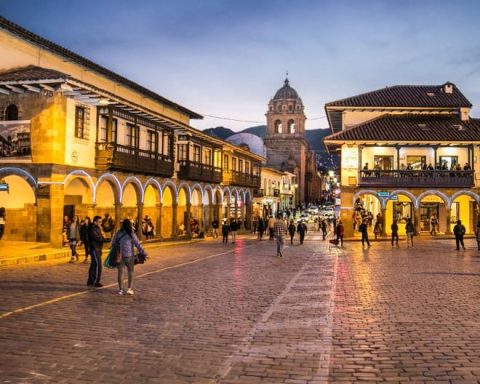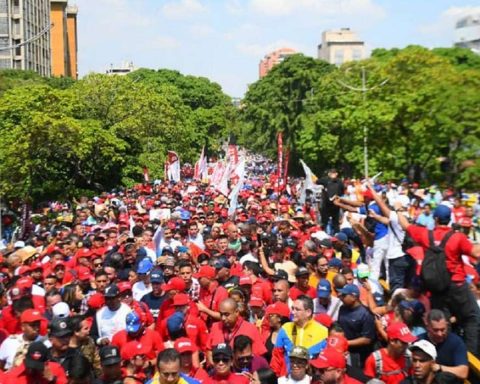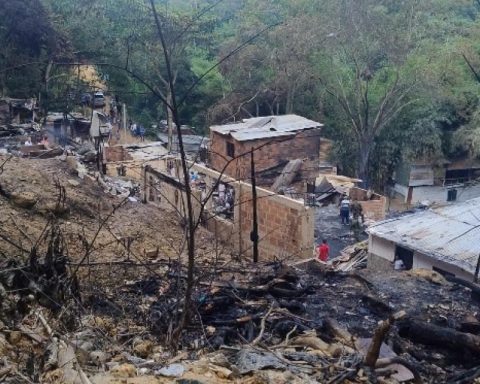the determination of Latin American families crossing jungles and deserts and dodging mafias and common criminals, without counting on the discretion of the authorities and with the sole objective of reaching the United States, is a unit of measurement of the desperate situation they intend to leave behind.
Aviva Chomsky, academic, historian and Coordinator of Latin American and Caribbean Studies at Salem State University in Massachusetts, where she is a specialist in Central American migration, points out that studies of migratory flows undeniably reflect that this process intensified in the 1990s, coinciding with the consequences of the Cold War and the adoption of the neoliberal model, and which has remained constant ever since.
In interview with The counterthe author of nearly a dozen books, including the best seller undocumentedalso warns about the influence of the climate crisis as another factor that will probably stimulate the migratory phenomenon.
-What is the origin of the current migration crisis in America? It has always been a high migratory flow, but before we did not see marches of migrant families risking their lives en masse, crossing entire countries, to reach a destination. What happened?
-I wouldn’t say that “always” there has been a high migratory flow, and it really hasn’t been increasing in recent years. Before the 1980s there was hardly any migration. The Institute of Migration Policy elaborateda graph showing the growth since the 1980s. Since 1990, it’s been about a million every decade. The figures, of course, aren’t entirely accurate, as the census tends to undercount the foreign-born. But I would say that the people who fled during the wars of the 1980s started the migration stream. Some were able to legalize with the 1986 reform. Some had children who obtained citizenship by birth. It is really the aggravated crises of the 1990s that have led to the great flows since: the ways in which the end of wars made way for neoliberalism, austerity, the Central American Free Trade Agreement, the rise of raw materials, an economic model that has dispossessed the rural poor, and severe repression and violence and the loss of any home for alternatives.
-According to your perception, will this process increase over time?
-It is very difficult to predict the future because there are many unknowns. One thing we do know is that climate change is inexorable and is severely affecting the “dry zone” in Guatemala, Honduras, and El Salvador. Political and economic changes are more difficult to predict.
-Some media outlets and opinion leaders tend to convey the idea that migration is something natural and a human right, but that it affects the local vulnerable population because they aspire to the same services. Is that a correct reasoning in your opinion?
-Migration is a natural and human right. The economies of the United States and Central America, which are my case study, have been so deeply linked for many decades that it is truly misleading to argue that the United States bears no moral responsibility to poor Central Americans. After decades of destroying livelihoods, promoting corporate profits, displacing farmers, imposing austerity, dismantling any hint of progressive reform, invading, toppling governments, and arming repressive regimes, the United States bears much responsibility for the economic catastrophes in Central America.
–Many of these processes are generated by countries in acute economic and social crisis, however, the other countries or their governments do not seem very interested in contributing to making them socially viable.
-Supporting the social rights of the poor has never been a priority in US policy toward Latin America. To the contrary, the United States has been quick to intervene and force change when Latin American governments have sought to redistribute and divert resources from foreign corporations and elites to the needs of the poor.
–In your experience, are the elites or the poorest more resistant to immigrants?
-In the case of the United States, practically all the people benefit from the Central American workforce that becomes “cheap” by laws, borders and repression. Anyone who has drunk a cup of coffee, eaten in a restaurant, worn clothes or used a health system has had products and services that can be accessible and profitable because Central American workers, in their own countries or in the United States They are paid very little. He would argue that both rich and poor in the United States are vulnerable to the anti-immigrant propaganda that keeps the system running smoothly and justifies the exploitation of Central American workers. However, both the rich and the poor are able to analyze and see through the propaganda.
–Is there currently a migration linked to the climate emergency? When do you think it could become an incident factor?
-Absolutely, the climate crisis is and will continue to be a major factor undermining the livelihoods of the rural and urban poor in Central America. It is the only factor that we know will continue to push people out of their homes and into the immigrant stream.





